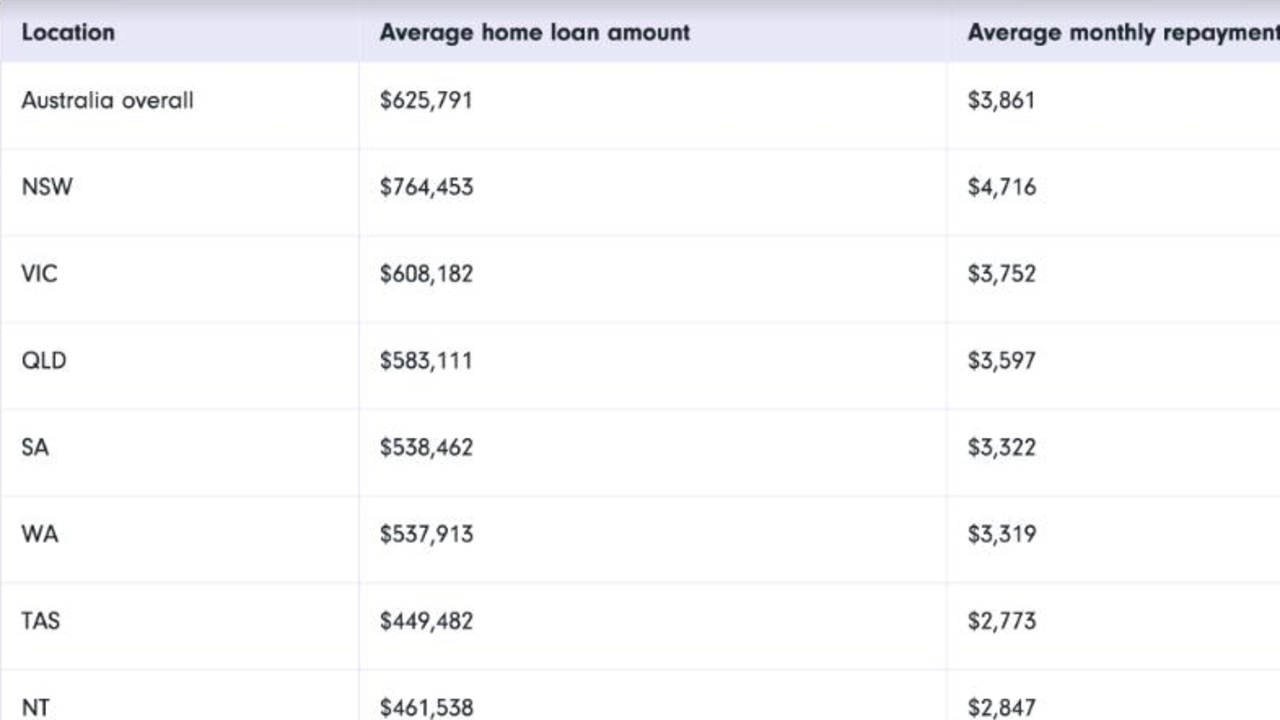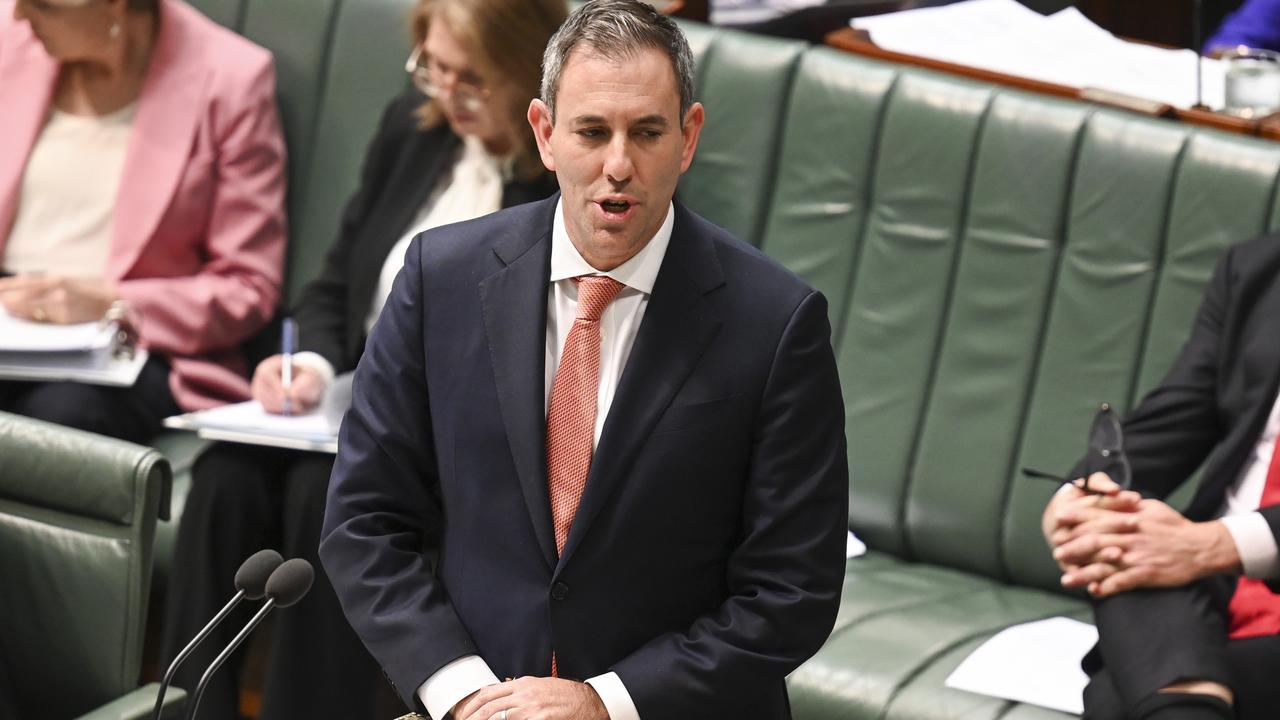How new tax cuts could save you an entire month’s mortgage repayment
Starting from tomorrow, Aussie families could see as much as an entire month of their mortgage repayments wiped away.
Families will be able to wipe an entire month’s worth of mortgage repayments in many cases under the blockbuster tax cuts to commence on July 1.
After experiencing one of the longest births in political history and a redesign to trim cuts for the rich, the long-promised Stage 3 tax cuts finally take effect on Monday.
While the impact may appear modest in your fortnightly or monthly pay, they could make a big difference to your mortgage, particularly if you use them or make extra repayments.
How you could save a month’s mortgage payments
One way of looking at the tax cuts is to consider that for many dual income families they will wipe an entire monthly mortgage repayment if you add up the value across the entire year.
But to reach the sweet spot you will need to be a dual income family and have an average mortgage of $629,791.
To take that example, based on an average new owner occupier home loan amount: $625,791 and average home loan interest rate: 6.27 per cent per annum, the initial monthly repayment would be $3,861 over 30 years.
Based on a dual income family with a combined household income of one person earning $100,000 and getting a $2,179 annual tax and another person earning $80,000 and getting a $1,679 tax cut, the combined value of the tax cut is $3,858.
That’s pretty much bang on the monthly repayment of an average mortgage which is $3,861 a month.

Treasurer promises cost of living relief
Treasurer Jim Chalmers is set to hit the campaign trail this week to spruik the benefits of the tax cuts.
“Every taxpayer gets a tax cut from tomorrow,’’ he said.
“Every one of the 13.6 million Australian taxpayers get a tax cut on Monday to help with the cost of living.
“Under Labor, Australians are earning more and from this week, they’ll keep more of what they earn as well, with cost of living tax cuts set to kick in for every taxpayer from tomorrow.
“Whether you’re a truckie, a teacher or a tradie, whether you’re in manufacturing, mining or the care economy, you’ll keep more of what you earn from Monday.
“Australians are under the pump and that’s why our Budget and our economic plan are all about easing inflation and easing the cost of living with tax cuts, energy rebates and more relief set to flow from this week.”
How the tax cuts could save you $150,000
Homebuyers are also set to reap the rewards from the Stage 3 tax cuts with the opportunity to pay off their loan faster and in some cases save over $150,0000 over the lifetime of the debt.
While the average tax cut will be $1888 per year, the value of those tax cuts to your mortgage could be much more if you firebomb the debt with the tax cut every single year.
Homeowners who put their entire Stage 3 tax cut savings on their mortgage could shave two to six years off the life of their loan, saving thousands, according to the Aussie home loans research.

For example, those earning $70,000 and who put their full monthly savings of $1429 on their loan could reduce repayments by two to three years and pocket up to $75,530 in interest payments over the entirety of the debt.
For someone on double that wage – $140,000 – savings climb to as much as $171,000 and borrowers could unchain themself from their bank six years early.
An estimated 13.6 million Australians are set to keep more of what they earn from July 1 under the changes with workers’ weekly, monthly or fortnightly pay set to improve.
How tax cuts could shave years off your home loan
Mortgage aggregator and broker network Aussie recently crunched the numbers on how the tax cuts will help relieve cost of living pressures.
For example, a single Australian with no dependants earning $120,000 per year in FY24, who could borrow a maximum $615,135.18, will increase their borrowing capacity in FY25 by $27,061.93 on a mortgage based on a 6.28 per cent interest rate to $642,197.44.
But for a married couple with a dual income with two dependants earning a combined taxable income of $280,000 it will increase their borrowing capacity by $75,345.89 on a mortgage with a 6.28 per cent interest rate in FY25.
Aussie’s chief operating officer Sebastian Watkins said the tax cuts could make a significant difference.
“Through our extensive broker network, we have been receiving feedback that many potential purchasers are just coming short of the desired amount they need to purchase their dream home especially as the price of property increases quicker than their ability to save or their wages to grow.

“These borrowers evidently have two choices; look elsewhere for something cheaper and most likely less desirable to them or continue trying to save as much as they can while hoping their incomes grow at a higher rate than property prices.
“These tax cuts will mean there is a cohort of purchasers, who come July 1, will increase their borrowing capacity as their net income will grow and they will have more optionality when seeking finance for a home.
“Even if the tax cuts don’t automatically bump you up enough in terms of borrowing capacity, the additional income can be funnelled straight into extra savings for your deposit,” he said.
“Ultimately the healthier your deposit the less you need to borrow, so this is really a win-win situation for those ready to enter the market.”
Mortgage arrears have been rising
In a sign families are under pressure, mortgage arrears have been rising from their Covid lows of just 1.0 per cent in the third quarter of 2022, reaching 1.6 per cent in the March quarter of 2024.
Although this was the highest reading on mortgage arrears since Q1 2021, the portion of loans falling behind on their repayment schedules was slightly higher at the onset of Covid at 1.8 per cent.
A key factor in higher mortgage arrears is of course the sharp rise in the cost of debt.
With the average variable interest rate on outstanding owner occupier home loans rising from 2.86 per cent in April 2022 to 6.39 per cent in March 2024, a borrower with $750,000 of debt would be paying nearly $1600 more each month on their scheduled repayments.




